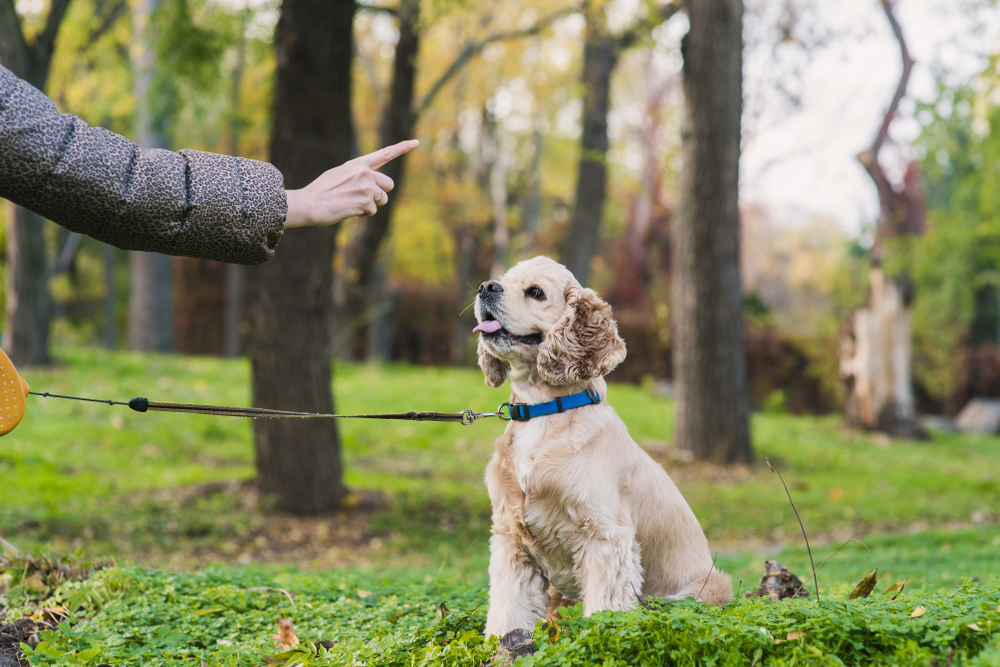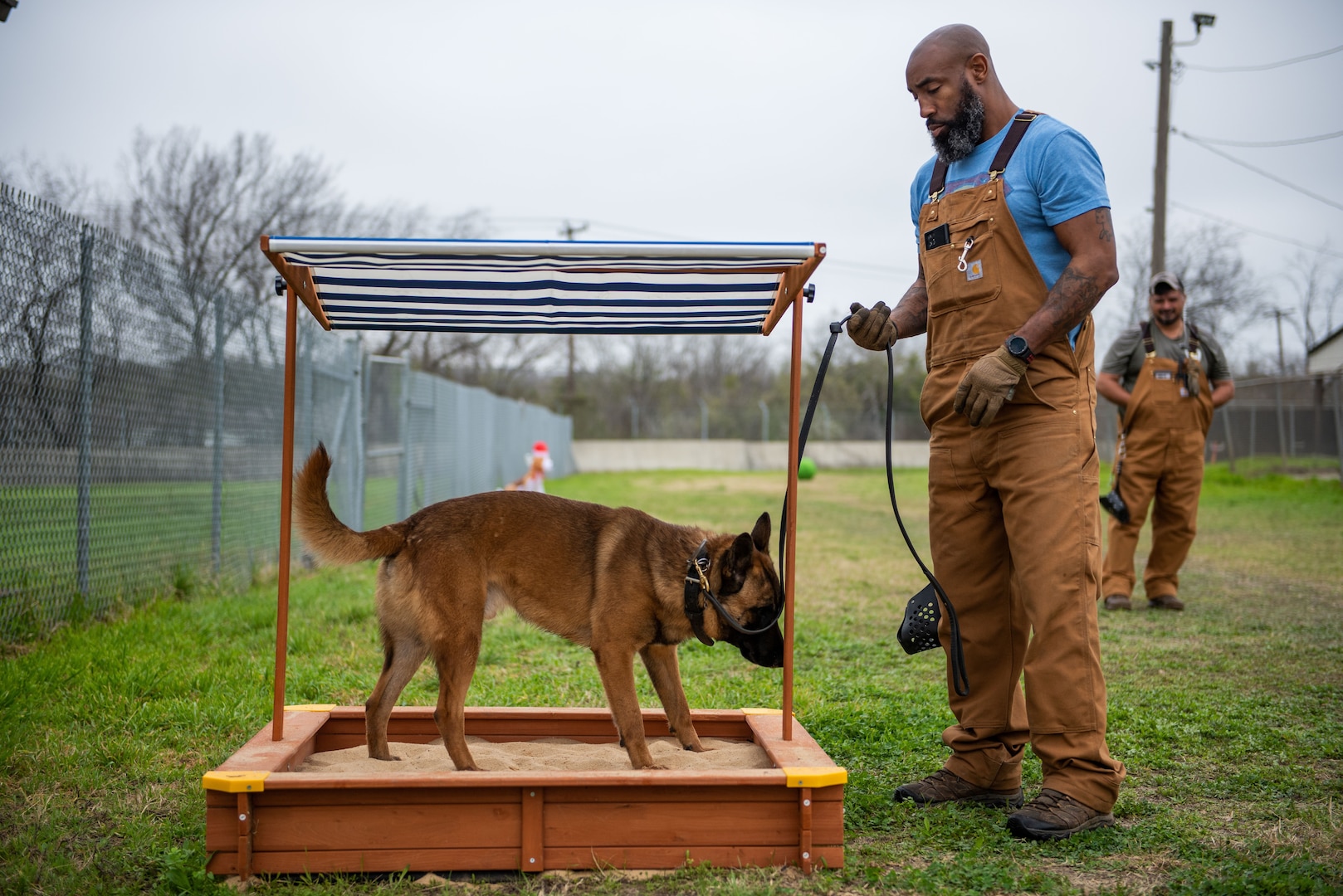The Advantages of Dog Training For Dogs: A Guide for Family Pet Owners
The Advantages of Dog Training For Dogs: A Guide for Family Pet Owners
Blog Article
Necessary Pet Training Tips for Raising a Mannerly Friend
Important strategies such as early socializing, the facility of constant commands, and the application of favorable reinforcement can dramatically influence a pet dog's habits and general disposition. Recognizing canine behavior is vital for customizing training techniques that reverberate with individual pet dogs.
Comprehending Canine Behavior

In addition, socialization plays a vital duty fit a dog's habits. Direct exposure to numerous environments, individuals, and various other pets assists dogs establish confidence and reduces the chance of fear-based reactions. Early socializing is specifically crucial, as experiences during the vital development period dramatically influence a pet dog's long-term behavior.
Furthermore, understanding the principles of learning theory-- such as favorable support, unfavorable support, and penalty-- can enhance training performance. Dogs are much more most likely to repeat habits that produce positive end results. Therefore, employing constant, reward-based training approaches fosters a trusting relationship between the canine and its trainer.

Fundamental Commands to Instruct
Teaching standard commands is a necessary foundation for reliable pet training and communication. Dog Training For Dogs. These commands not just aid establish a clear line of communication in between you and your canine, yet they likewise promote safety and security and etiquette in different scenarios
Begin with basic commands such as "Sit," "Remain," "Come," "Down," and "Heel." Each command offers a particular purpose; for instance, "Sit" can help soothe an excited pet, while "Come" is important for guaranteeing your canine go back to you when called.
When introducing a new command, use a clear and consistent tone. Slowly raise the duration and distance as your canine becomes a lot more proficient.
Consistency is crucial; technique commands daily to strengthen discovering, and ensure all member of the family utilize the exact same commands to stay clear of complication. Remember that patience is required during this procedure, as various pet dogs might find out at various rates. Establishing these basic commands advertises an unified relationship and sets the stage for more advanced training in the future.
Positive Support Techniques
Favorable support strategies are very reliable approaches for motivating wanted actions in pet dogs. This training strategy entails satisfying your pet dog for displaying habits you want to reinforce, thus enhancing the likelihood of those behaviors being duplicated. Incentives can take different types, including treats, appreciation, or play, and ought to be tailored to what motivates your pet most.
Timing is critical in favorable reinforcement. Rewards should be offered promptly after the preferred behavior strikes develop a clear association. If you desire your canine to sit on command, compensate them as soon as they rest, guaranteeing they understand what activity is being strengthened.
Consistency is one more important part. Dog Training For Dogs. Utilize the same commands and incentives each time to prevent complication. Slowly, you can phase out deals with for more periodic rewards, such as spoken praise, to keep the behavior without relying upon constant exterior reinforcement
In addition, it is essential to continue to be client and stay clear of punishment, as adverse reinforcement can bring about fear and anxiousness, eventually preventing click to read training efforts. By carrying out favorable reinforcement strategies, you will promote a relying on relationship with your pet dog, causing a well-behaved buddy.
Socializing and Interaction
Socialization and communication are fundamental elements of a pet's development that complement favorable support techniques. Early exposure to varied environments, people, and other animals is vital for cultivating a well-adjusted animal. This process aids pets develop confidence and versatility, lowering the likelihood of behavioral issues such as worry or hostility.
Begin socializing throughout the critical developmental window, usually in between 3 and fourteen weeks old. Present your pup to numerous stimulations, consisting of various audios, views, and textures. Enroll in puppy classes or arrange supervised playdates with other dogs to urge favorable interactions.
As dogs expand, remain to expose them to different experiences. Tasks such as visits to parks, pet-friendly shops, or area occasions can boost their social abilities and comfort levels in unfamiliar settings.
Constantly monitor communications to guarantee they are trouble-free and positive. If your canine exhibits signs of anxiety or aggressiveness, steadly reroute them and enable for gradual exposure at a comfy speed. With consistent socializing and interaction, you lay the groundwork for a well balanced, well-behaved companion efficient in prospering in diverse social scenarios.
Consistency in Training
Establishing uniformity in training is vital for reliable communication in between a dog and its owner. Pets thrive on clear and regular expectations, which assists them recognize what behavior is preferred.
Uniformity also prolongs past commands; it encompasses the policies developed within the household. For instance, if a pet is not allowed on the furniture, this policy must be imposed in any way times. Blended signals can bring about behavior issues, as the canine might come to be uncertain about what serves.
Moreover, all relative should be on the same go to my site page concerning training methods and commands. If someone compensates an actions while another scoldings it, the canine might end up being dizzy and nervous.
Final Thought
Finally, carrying out necessary pet dog training ideas promotes a well-behaved companion. Early socialization, consistent commands, and favorable support are important elements that contribute to effective training. Developing clear interaction and preserving a routine enhances the pet's understanding of assumptions, while persistence guarantees long-term success. Inevitably, these techniques cultivate a trusting partnership in between the canine and its family, advertising a harmonious living environment and a well-adjusted canine friend (Dog Training For Dogs).
Important methods such as early socializing, the facility of regular commands, and the application of favorable reinforcement can significantly affect a pet dog's habits and total personality. Comprehending canine actions is important for tailoring training techniques image source that resonate with private dogs.Comprehending canine actions is vital for effective pet dog training. Pets are much more most likely to repeat habits that generate positive results.Favorable reinforcement methods are very effective techniques for motivating desired habits in pets.
Report this page